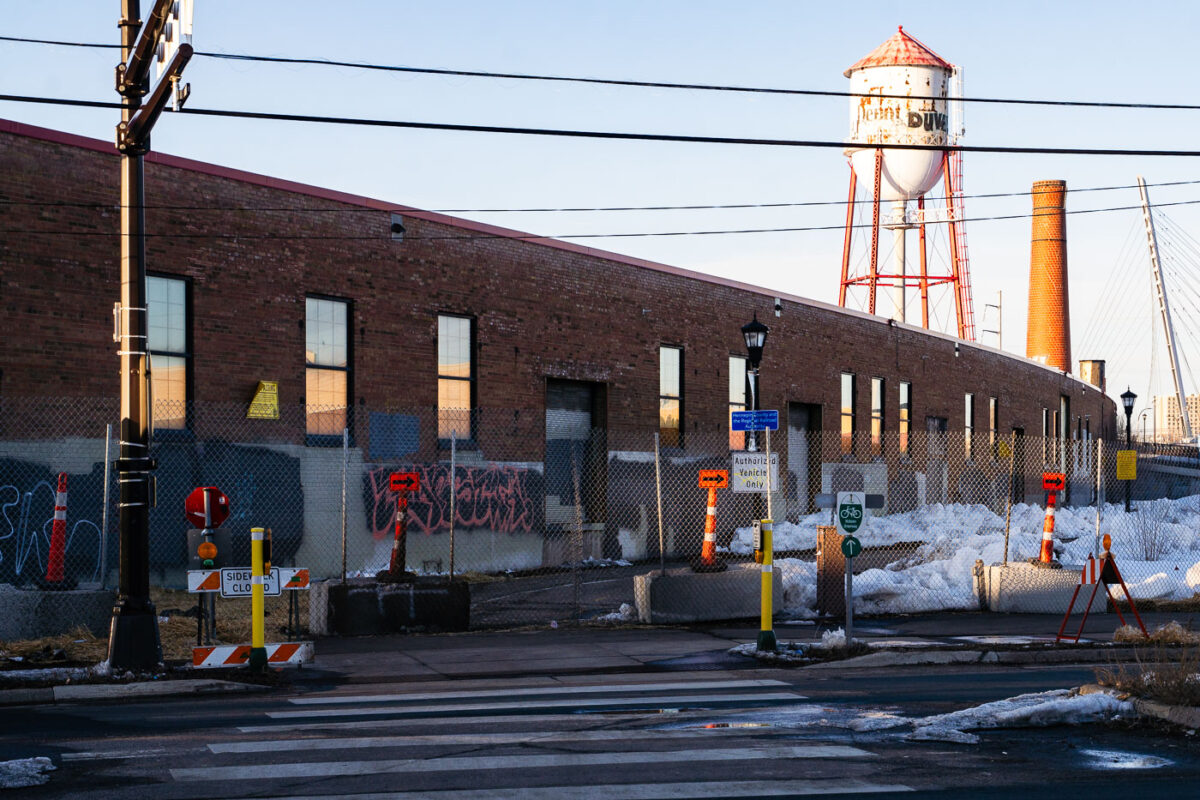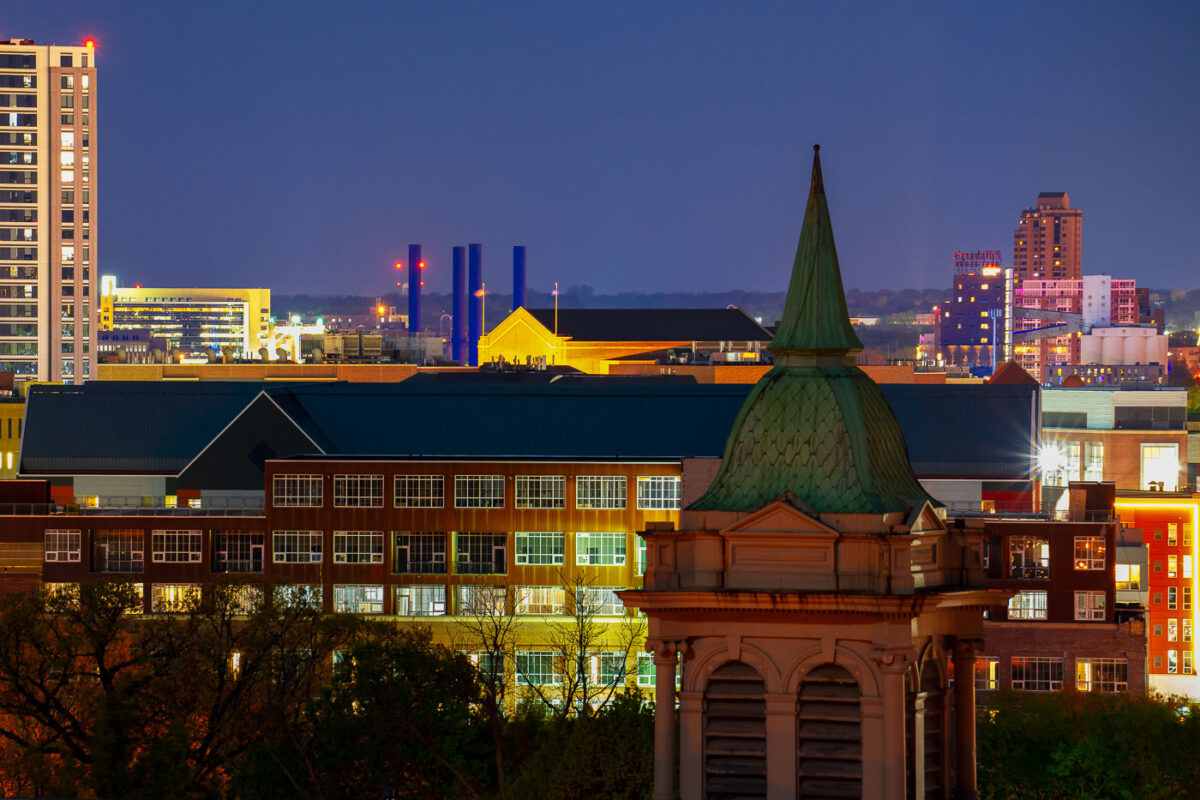
Roof Depot Water Tower
Rooftop water tower on the Roof Depot building in South Minneapolis.
Explore photos and posts tagged Water Tower.

Rooftop water tower on the Roof Depot building in South Minneapolis.

Roof Depot Urban Farm property off the Midtown Greenway in Minneapolis on February 19, 2023.

The former Pillsbury flour mill near downtown Minneapolis. It's since been renovated into condos.

The view from the Prospect Park Water Tower in Minneapolis.

The Prospect Park Water Tower in Minneapolis. It's also known as The Witches Hat.

The Cedar Lake Trail passes through the industrial district of St. Louis Park, Minnesota, illuminated here by the community’s water tower and nearby grain elevators. This segment of the trail follows a former railroad right-of-way once used by the Minneapolis & St. Louis Railway, which connected local industries to the region’s freight network. The corridor’s transformation into one of the country’s first bicycle “freeways” in the 1990s marked a major milestone in urban redevelopment and sustainable transportation planning.
Once lined with lumberyards, steel fabricators, and mills, the area surrounding the trail reflects the industrial origins of St. Louis Park—a community that grew rapidly in the early 20th century due to its proximity to both Minneapolis and key rail junctions. The trail today bridges that history, offering cyclists and commuters a route through a landscape where freight trains, utility towers, and legacy industry remain active reminders of the city’s manufacturing past.